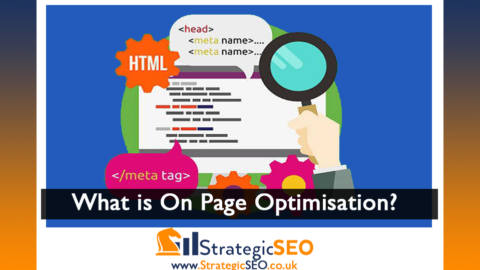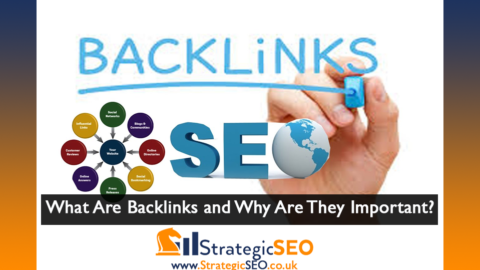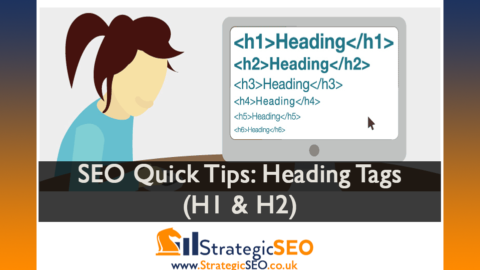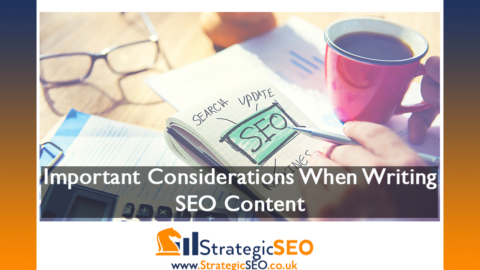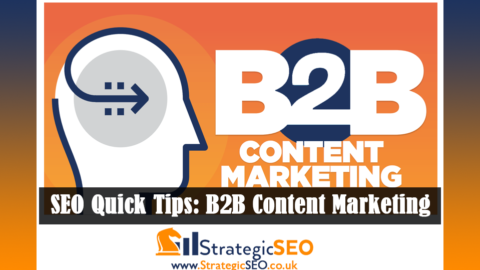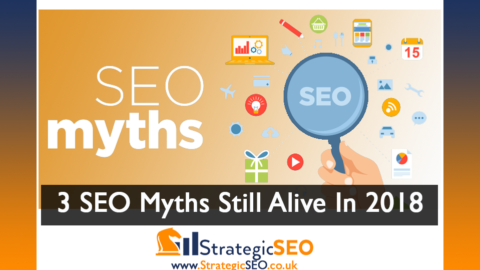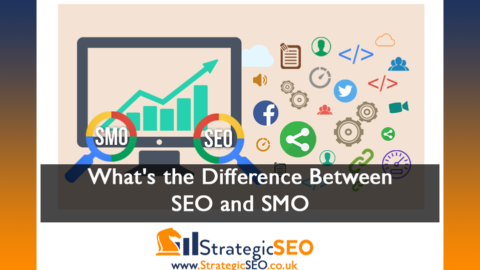SEO Keyword Placement
As part of our commitment to SEO quick tips, today our London SEO team look at SEO keyword placement and best practices for you and your website. Whilst the subject of search engine optimisation is a broad one, it is important that a few key concepts are acknowledged and followed closely. One of those key SEO concepts is keywords and keyword placement.
Whilst the subject of keywords is not one we could possibly fit into a quick tip article, keyword placement is a factor of keywords that often goes overlooked despite how simple it can be.
So what exactly is keyword placement?
Well, in simple terms, keyword placement is a factor of on-page SEO that specifically focuses on where you place your keywords in order to see the most benefit within your search engine rankings. Once you have researched which keywords you wish to target it is important that those keywords are placed strategically throughout your content so that Google and other search engines can pick up on them and rank you accordingly.
OK, great…so where do I put my keywords?
Glad you asked!
Our in-house London SEO content experts have gone through the most important places for your keywords below:
Keywords In Page Titles
It is quite incredible to our SEO team as well as SEO teams across the World just how much this is overlooked.
One of the easiest things you can do with the keywords you have spent countless hours researching is to work those keywords into your title. Not only is your title the first thing that readers see, it is also the first thing that search engines see. It is incredibly important to have your keywords in your title for these reasons as well as many other reasons and factors.
Don’t overlook this tip, it is first on our list for a reason! It is probably the single most important thing you can do in keyword placement.
Keywords First In Content (H1 tags)
As we are sure you read the last SEO quick tip on heading tags, you should be already putting keywords into heading tags within your content.
If you are not then you are missing out. Our London SEO team are adamant that all post and page content should host a H1 tag right at the top of the page with the page title and keywords in.
Why?
Well it’s simple, after checking the headers and title tags of a website, Google and other search engines will then look for keywords within the text of the website to determine if the keywords they originally matched are also present within the content. This is solely to stop websites from abusing title tags in order to get visitors through the door despite the content that is displayed having nothing to do with what the title suggested.
H1 tags are very simple to action and something that could see immediate improvements within your SERP’s.
Keywords In Alt-tags Of Images
Like our first tip, this is a very commonly overlooked part of SEO keyword placement.
When images are presented on any website they also contain Alt-text, titles, captions and other meta data that is useful to both crawlers and accessibility users.
Google have made no secret of how usability plays a big factor within search engine optimisation and as well it should. One usability factor that many overlook is blind and visually impaired users and how they interact with images using screen readers etc to navigate websites.
When a visually impaired person surfs a website, a screen-reader will read the content to them. When a screen-reader comes across an image it obviously cannot describe what the image is so it will therefore read the title tag and any other meta data that is available. No meta details will result in ‘Image’ being announced which is obviously not very user friendly. Google is actively increasing scores for website that cater more to such software in the name of usability so it is important to adhere religiously to Alt tags for this reason.
Aside from usability, Google images has become the number one source worldwide for people searching for images of all types. What many amateur SEO enthusiasts overlook is how well your website can rank within Google images for images related to keywords. Google images works almost exactly the same way as the usual search engine rankings. Images are ranked for uniqueness and keywords within their meta data, this is a prime spot for you to rank well and gain visitors through Google Images and/or image shares.
Keywords Within URL’s
Our final tip for Keyword placement is URLs. It is another factor that shouldn’t be overlooked when constructing your keyword rich content for your website.
Much like SEO titles, URLs are one of the first things that users and search engines see. Not only will search engines highlight parts of your URL that match keywords, making your site stand out from the crowd, URLs also have been shown to influence users searching specific terms when they choose which link to visit.
Putting keywords within URLs is normally a very easy process since many websites put their content title as the URL. So if you have followed our first tip of SEO page titles then you should be seeing the same SEO keywords appearing with in your URL too.
We hope that these quick tips have helped you to gain some insight into processes that you can implement today to help your company or personal website rank better. If you are ever strugfgling and need some help, get in contact with our dedicated SEO specialists in our London offices for a free consultation.


